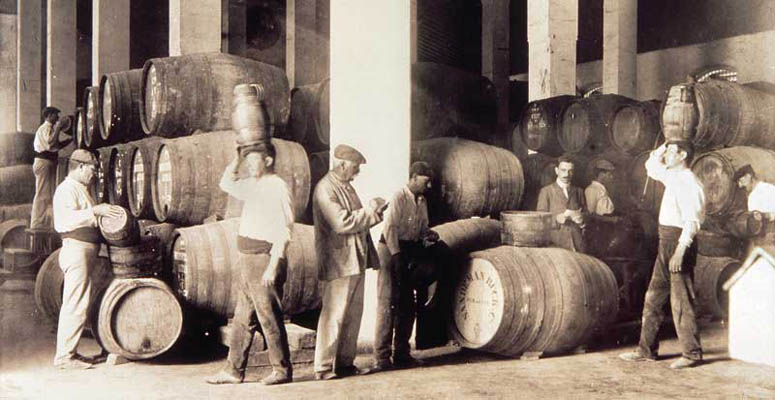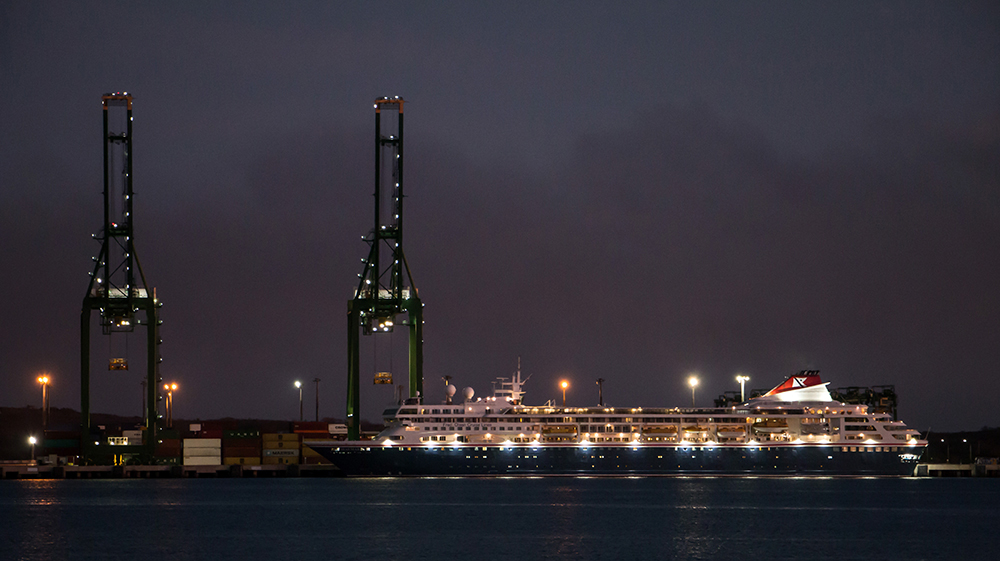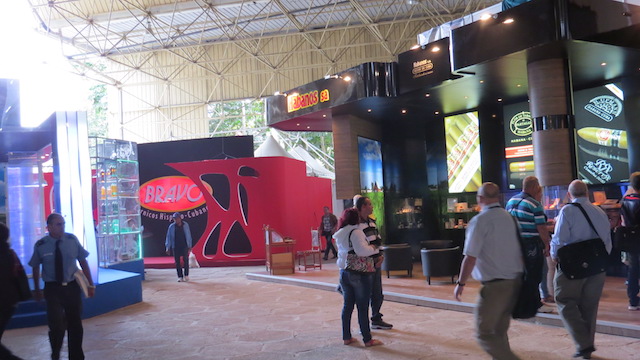 Prior to the 1990’s, the Cuban economy was completely integrated in the world’s socialist bloc with nearly ninety percent of its trade and investment coming from the member countries in that bloc, via the Council for Mutual Economic Assistance (CMEA). The Soviet Union was the largest participant in the group and relations were based on complementary economics.
Prior to the 1990’s, the Cuban economy was completely integrated in the world’s socialist bloc with nearly ninety percent of its trade and investment coming from the member countries in that bloc, via the Council for Mutual Economic Assistance (CMEA). The Soviet Union was the largest participant in the group and relations were based on complementary economics.
Within this context, the benchmark currency was the convertible ruble and the hallmark of the system was its extensive Economic Plan that was initially designed for a strategic 5 year period, with yearly updates thereafter.
Notwithstanding its CMEA agreements, Cuba also engaged in a small amount of trade with capitalist countries where it operated under the rules of international commerce at the time.
With the disintegration of the Soviet Union and the socialist camp, Cuba was left practically without access to the majority of the markets with which it had previously traded and found itself obliged to insert itself completely in the complicated world of commercial capitalist relations, with the aggravating factor that this sector was heavily restricted by the U.S. embargo against the island, and international trade was subordinate to the United States as a consequence of its status as world leader. Continue reading “Successes & Failures by Foreign Investors in Cuba: A Primer”












